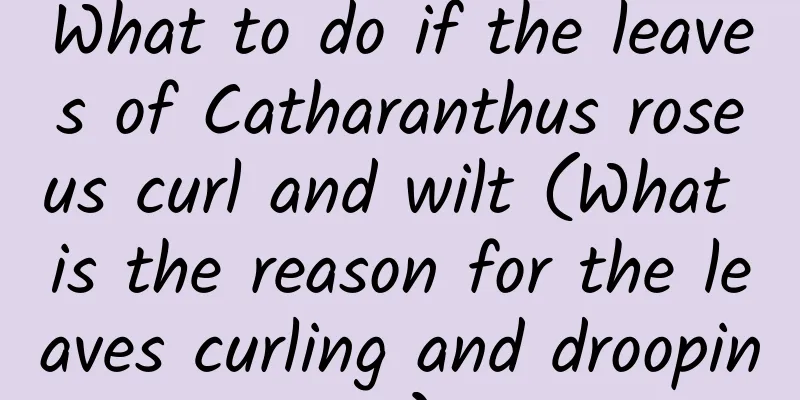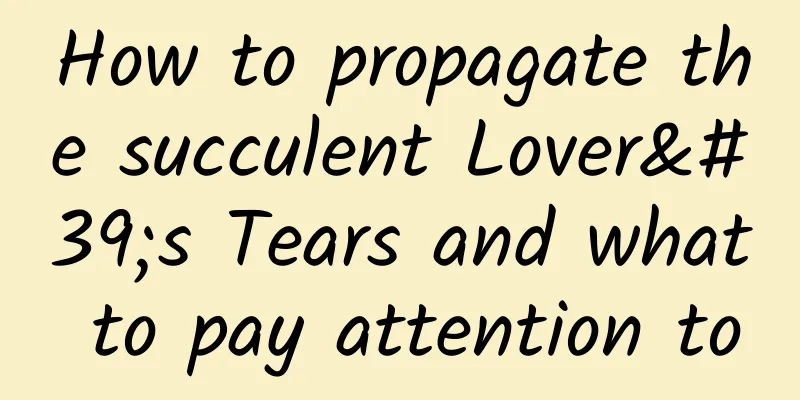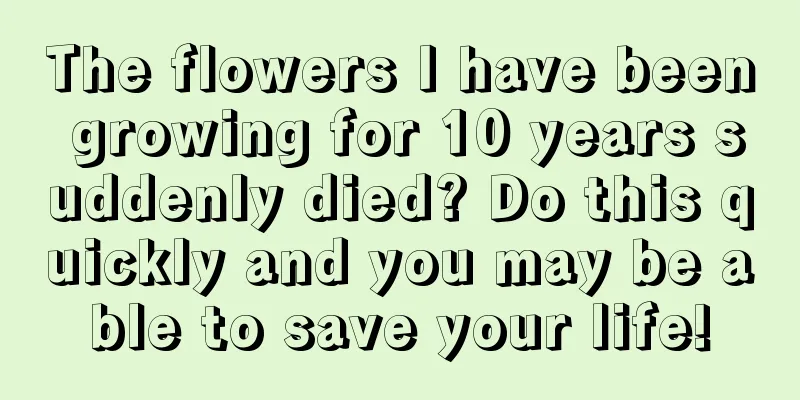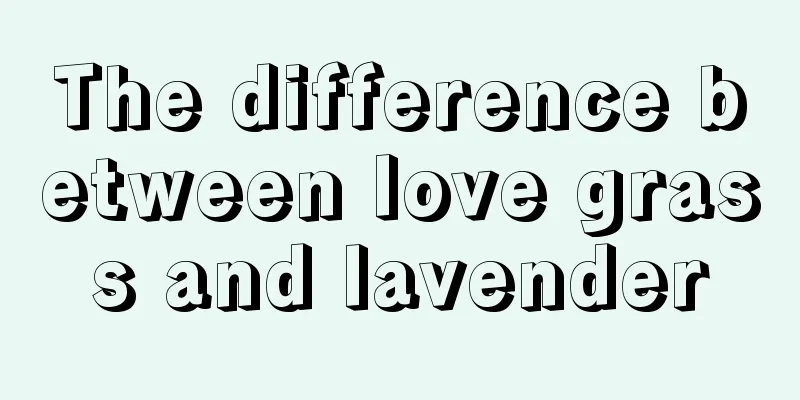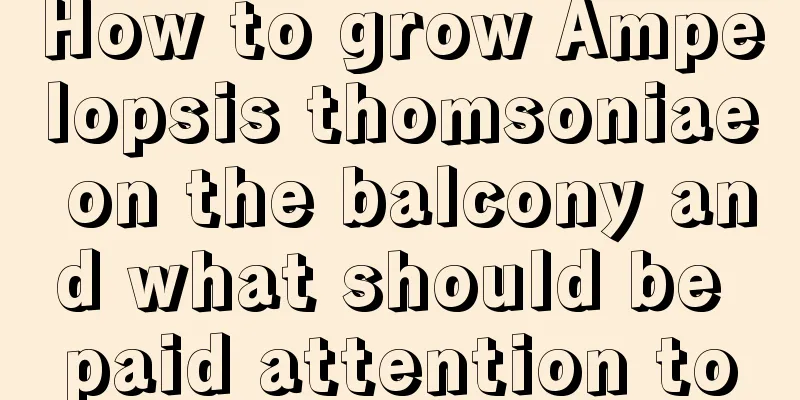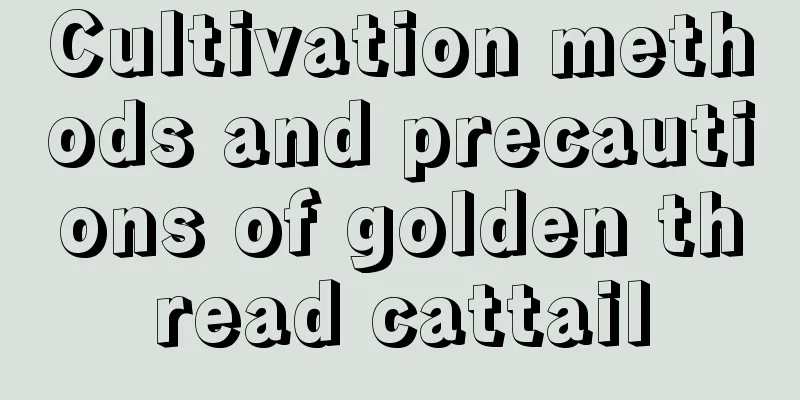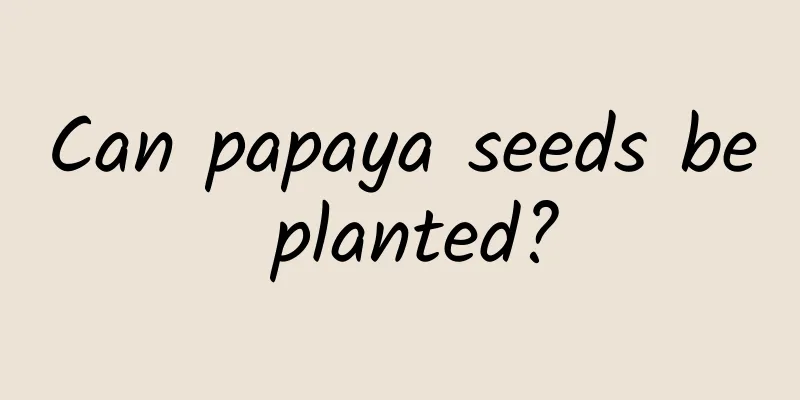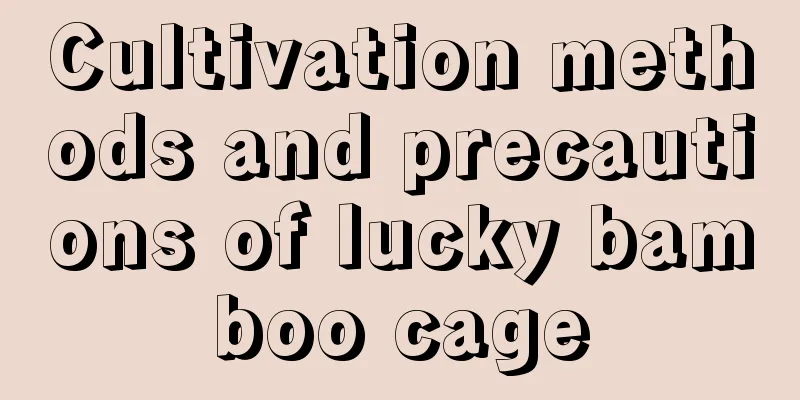What insects does dinotefuran kill?
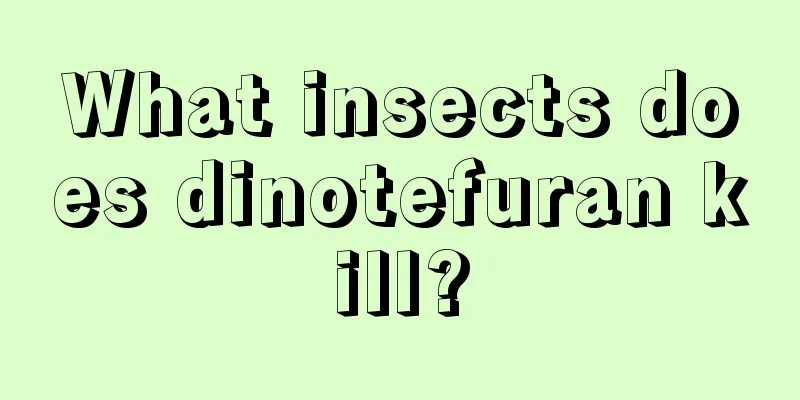
|
Dinotefuran is a common neonicotinoid insecticide that has a good insect control effect on crops such as wheat, rice, cotton, vegetables, fruit trees, and flowers . So what insects does dinotefuran kill specifically? Let’s learn more about it below. What insects does dinotefuran kill? Dimethoate has a very wide spectrum of insecticides. It can control various pests of Hemiptera, Lepidoptera, Beetles, Diptera, Orthoptera, Hymenoptera, etc., such as various planthoppers, stink bugs, whiteflies, leafhoppers, leaf miners, thrips, flea beetles, mealybugs , aphids, as well as leaf miners, peach borers, rice borers, diamondback moths, cabbage loopers, etc., and is highly effective against sanitary pests such as fleas, cockroaches, termites, houseflies, mosquitoes, etc. All"> How to use dinotefuran? 1. Usage (1) Foliar spraying: To control aphids, thrips, whiteflies , Bemisia tabaci and other pests on crops such as cotton, cucumber, zucchini and pepper, use 20% dimethoate soluble granules at the early stage of the pest outbreak, 20-40 g/mu, add 30 kg of water and spray evenly. Spray once every 7 days. Two sprays can completely control the pest damage. (2) Soil treatment: To control aphids, leafhoppers and other pests on fruit trees such as apples, pears, peaches and citrus, you can combine it with topdressing. Use 500-1000 grams of 1% dimethoate granules per mu, mix it evenly with fertilizer , and spread it around the fruit trees. It can effectively control pests such as aphids, leafhoppers, psyllids and scale insects. (3) Topdressing: It can be used in conjunction with topdressing to quickly control the damage caused by pests such as whiteflies, whiteflies, thrips, and aphids on crops such as tomatoes, peppers, watermelons, zucchini, melons, and beans. 2. Usage (1) The use of dinotefuran is prohibited during the flowering period of crops, especially the rice flowering period. (2) When using dinotefuran, pay attention to the dosage and avoid overdose. Follow the recommended dosage on the product instructions and do not increase the dosage on your own. (3) Dimethoate is toxic to silkworms, bees, shrimps, crabs and other animals, so it is prohibited to use it in silkworm rooms, near mulberry gardens, and in rice fields where shrimps and crabs are raised. In addition, dinotefuran can easily cause groundwater pollution, so it should be used with caution in areas with good soil permeability or shallow groundwater levels. In general, dinotefuran has the characteristics of contact and stomach poisoning, strong systemic properties and long lasting effect. It is currently a widely used insecticide that can prevent and control many types of pests, but you must pay attention to its usage and dosage.
|
<<: How to fertilize Clivia and what fertilizer to use to make it bloom
>>: Clivia fertilization and maintenance, the correct way to water
Recommend
How to repot the Emerald Tree
1. Preliminary preparation The first thing we nee...
How to deal with dragon fruit stem rot
1. Pruning When you find that the stem of the pit...
When to plant sweet potatoes? When to harvest?
Sweet potato, also known as sweet potato , is an ...
How to propagate figs by cuttings and when How to propagate figs by cuttings
The survival rate of fig cuttings is high in spri...
What to do if Christmas cactus leaves fall off
1. Temperature problem (1) Specific reasons: If t...
How often should I water the longevity bamboo?
How often should I water the longevity bamboo? Th...
How long is the growth cycle of Bupleurum chinense?
Introduction to Bupleurum Growth Bupleurum is sui...
What flowers are suitable for growing in Zhenjiang? What are the city flowers and trees?
1. Climate characteristics of Zhenjiang Zhenjiang...
Tips for shaping and pruning potted flowers in spring
What should you pay attention to when pruning pot...
Is taro a fruit or a vegetable?
Is taro a fruit or a vegetable? Taro is a kind of...
When is the best season to plant irises?
Iris planting season and time Common varieties of...
Onion planting technology, onion pictures
1. Germination and sowing Its sowing method is re...
Can Milan pour beer water?
Can Milan be watered with beer? Milan can be wate...
How to grow Desert Rose
Watering Desert rose prefers a relatively dry env...
What fertilizer is best for vegetables?
During the vegetable planting process, choose to ...

